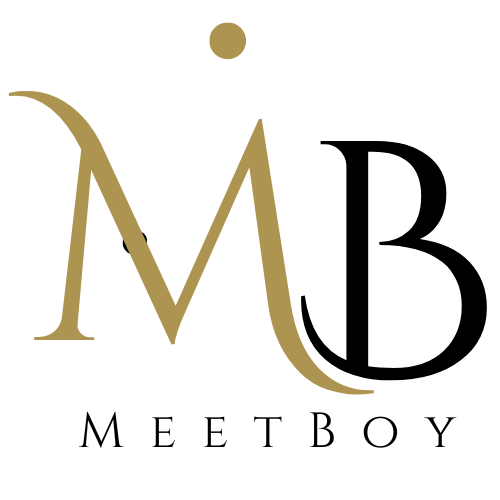In recent years, the evolution of modern technology has led the way for ingenious advancements in expert system (AI), specifically in the world of creative representatives. These AI-driven creative agents are revolutionizing how we think of imagination, art, and also the process of ideation itself. Unlike traditional AI that primarily concentrates on data evaluation and task automation, creative agents are designed to assist in creating new concepts, structures, and art work. They are tailored to work together with human makers, improving the creative procedure instead of replacing the human touch that is often vital in the creative realm.
As we dive deeper right into the idea of the AI creative agent, it’s vital to identify the interaction between human imagination and machine learning algorithms. An AI creative agent can examine thousands of paints, songs make-ups, or composed works to create new pieces that resonate with the stylistic aspects of particular genres or distinguished musicians.
One of the most captivating elements of AI creative representatives is their ability to explore ‘what if’ situations. Artists might utilize AI to synthesize one-of-a-kind audios or create totally brand-new melodies that blend different music practices, pushing the limits of innovation in songs manufacturing.
However, the appearance of AI agents in creative fields raises considerable inquiries regarding creativity and authorship. Who possesses the creative work generated by an AI? Is it the developer that produced the formula, the individual who engaged with the AI, or the AI itself as an independent agent? These inquiries are not just philosophical; they have extensive implications for copyright laws and copyright rights in a globe progressively dominated by AI-generated web content.
The discussion surrounding originality is further complicated by the truth that numerous AI creative agents run by discovering from existing works, typically mimicking or remixing established designs while producing brand-new material. As AI creative agents continue to inspire and introduce, it’s essential for makers, designers, and culture at huge to browse these legal and ethical waters thoughtfully.
The practical applications of AI creative agents are vast, extending markets from home entertainment to advertising to education and learning. In education and learning, AI representatives can aid educators in producing tailored learning materials that adapt to the individual requirements of trainees, eventually fostering a more enriching educational experience with individualized web content.
Notably, the home entertainment industry has observed some of the most amazing applications of AI creative representatives. AI can help scriptwriters in creating discussion or plot arcs, which enables human authors to focus on refining and adding emotional deepness to narratives.
As we take into consideration the duty of AI in creative ventures, it’s vital to acknowledge the obstacles and limitations that these agents face. This is where the collaboration in between human designers and AI can fill the voids, as musicians can improve and add the emotional depth and narration that AI presently can not replicate.
Looking to the future, the development of AI creative representatives offers exciting leads. Ambitious designers that may do not have standard skills can take advantage of AI to bring their visions to life, fostering a much more varied and comprehensive creative landscape.
A critical consideration for the future of AI creative agents is their combination right into existing workflows. Industries will certainly require to rethink standard designs of partnership and embrace brand-new structures that welcome AI as a creative partner as opposed to a plain energy. This paradigm shift additionally presents opportunities for training and educating brand-new generations of designers in taking advantage of these devices properly. By mixing human instinct with AI capacities, we can grow a new creative ecological community that celebrates both development and the essence of virtuosity.
Furthermore, there is a growing movement amongst artists to use AI artistically instead of viewing it simply as a tool. Some musicians involve in a continuous dialogue with AI, considering it a partner that motivates their own work. This point of view highlights the capacity for AI to test musicians to believe outside package, pushing them to redefine what it indicates to be creative in an era of advanced innovation. As musicians embrace AI as component of their creative procedure, we may witness the emergence of completely brand-new art types that blend human expression with machine-influenced development.
To conclude, the development of AI creative agents symbolizes a transformative era where technology and human creativity intersect. These representatives are improving creative collaboration, improving the ideation procedure, and testing our understanding of authorship and originality. As we continue to explore this dynamic landscape, it comes to be essential for designers, developers, and culture to engage in thoughtful dialogue concerning the effects of AI in the arts. The questions it elevates regarding creativity, emotion, and ethical considerations will form the future of imaginative expression. As we base on the edge of this new frontier, we must accept the possibilities that AI creative agents supply while staying attentive concerning the challenges they offer. Eventually, the course we pick will certainly specify the role of AI in creative thinking and assist us build a future where technology complements, as opposed to replaces, the deeply human aspects of creative undertaking.
Explore the transformative effect of creative agent on virtuosity and collaboration, as they redefine creativity, difficulty traditional notions of authorship, and open brand-new avenues for innovative expression in the arts.

